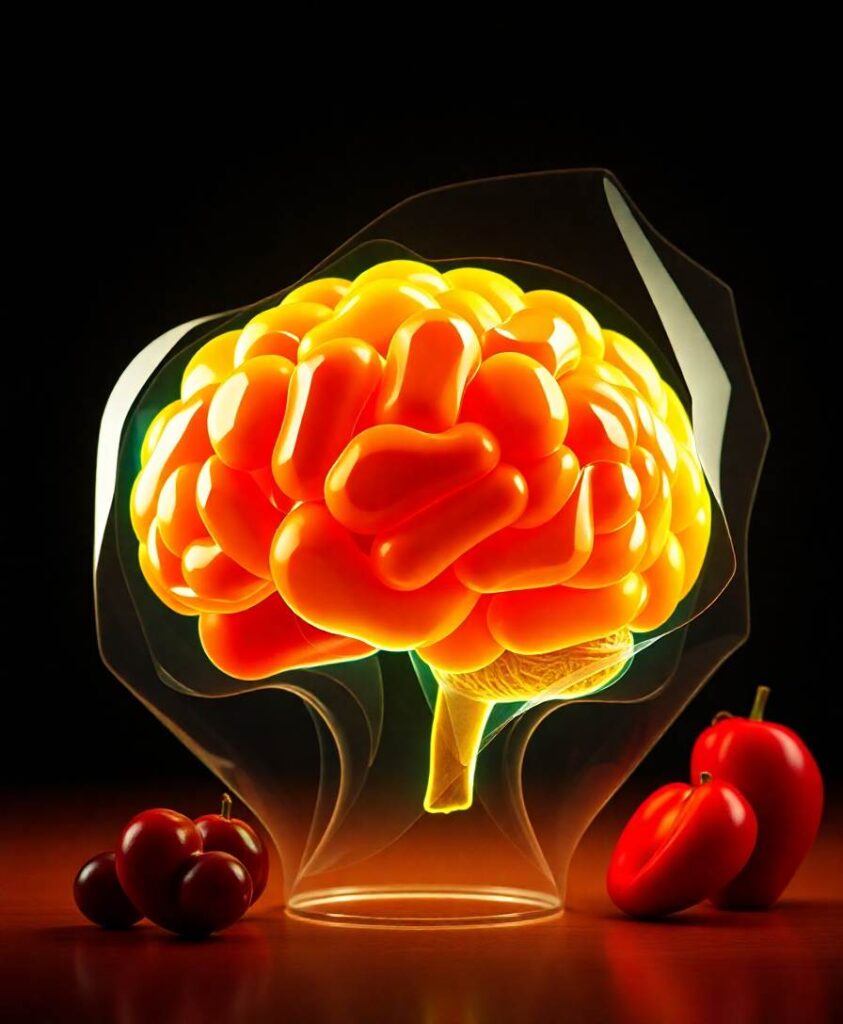BackgroundThis study aimed to assess brain oxygenation status and cerebral autoregulation function in subjects with cognitive dysfunction.MethodsThe Montreal Cognitive Assessment (MoCA) was applied to divide the subjects into three groups: cognitive impairment (Group CI, 72.50 ± 10.93 y), mild cognitive impairment (Group MCI, 72.02 ± 9.90 y), and normal cognition (Group NC, 70.72 ± 7.66 y). Near-infrared spectroscopy technology and a non-invasive blood pressure device were used to simultaneously measure changes in cerebral tissue oxygenation signals in the bilateral prefrontal lobes (LPFC/RPFC) and arterial blood pressure (ABP) signals from subjects in the resting state (15 min). The coupling between ABP and cerebral oxyhemoglobin concentrations (Δ [O2Hb]) was calculated in very-low-frequency (VLF, 0.02–0.07 Hz) and low-frequency (LF, 0.07–0.2 Hz) bands based on the dynamical Bayesian inference approach. Pearson correlation analyses were used to study the relationships between MoCA scores, tissue oxygenation index, and strength of coupling function.ResultsIn the interval VLF, Group CI (p = 0.001) and Group MCI (p = 0.013) exhibited significantly higher coupling strength from ABP to Δ [O2Hb] in the LPFC than Group NC. In the interval LF, coupling strength from ABP to Δ [O2Hb] in the LPFC was significantly higher in Group CI than in Group NC (p = 0.001). Pearson correlation results showed that MoCA scores had a significant positive correlation with the tissue oxygenation index and a significant negative correlation with the coupling strength from ABP to Δ [O2Hb].ConclusionThe significantly increased coupling strength may be evidence of impaired cerebral autoregulation function in subjects with cognitive dysfunction. The Pearson correlation results suggest that indicators of brain oxygenation status and cerebral autoregulation function can reflect cognitive function. This study provides insights into the mechanisms underlying the pathophysiology of cognitive impairment and provides objective indicators for screening cognitive impairment in the elderly population.

